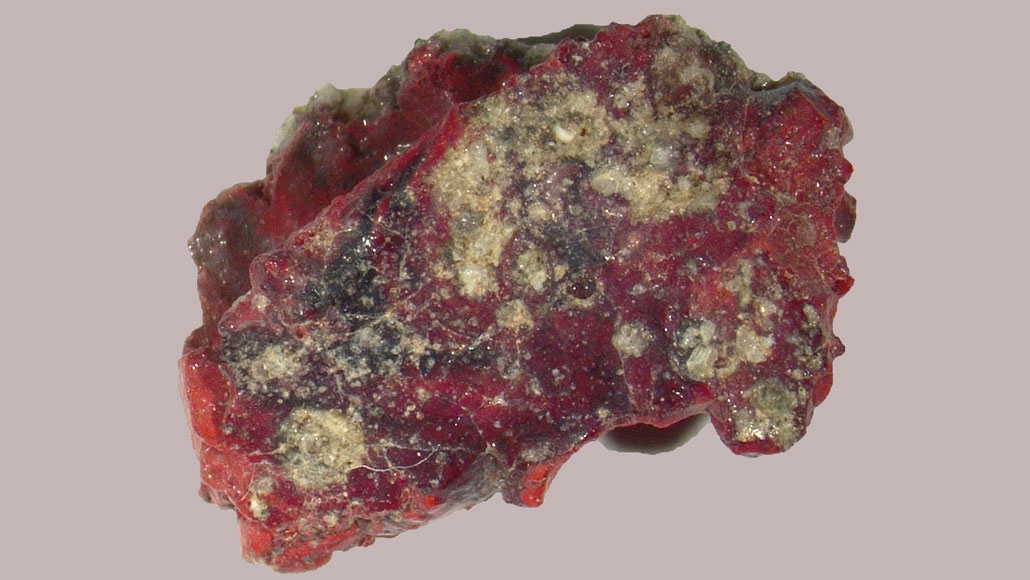HOME
A newfound quasicrystal formed in the first atomic bomb test

The tower it sat on and the copper wires strung around it: vaporized. The desert sand below: melted.
In the aftermath of the first test of an atomic bomb, in July 1945, all this debris fused together, leaving the ground of the New Mexico test site coated with a glassy substance now called trinitite. High temperatures and pressures helped forge an unusual structure within one piece of trinitite, in a grain of the material just 10 micrometers across — a bit longer than a red blood cell.
That grain contains a rare form of matter called a quasicrystal, born the moment the nuclear age began, scientists report May 17 in Proceedings of the National Academy of Sciences.
Normal crystals are made of atoms locked in a lattice that repeats in a regular pattern. Quasicrystals have a structure that is orderly like a normal crystal but that doesn’t repeat. This means quasicrystals can have properties that are forbidden for normal crystals. First discovered in the lab in 1980s, quasicrystals also appear in nature in meteorites (SN: 12/8/16).
News Source